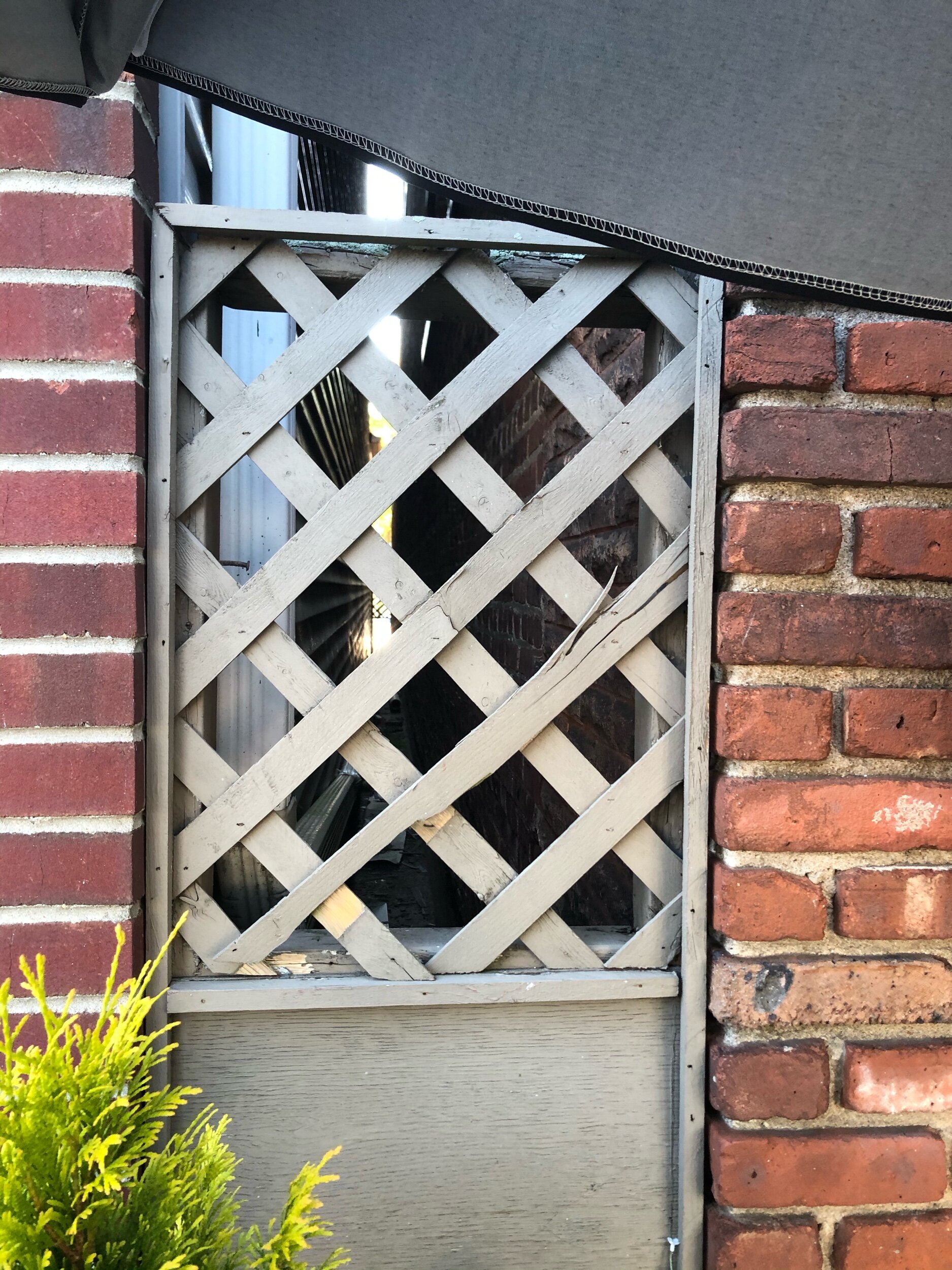AERIAL OPERATIONS. THE AERIAL TRUCK CHECK, PART 2
SCBA & Compartments.
I Like to check the SCBA that I will be using first. This takes place at two different times. The first thing I do in the morning when I get to work is do a quick once over of my SCBA. This is before I relieve the off going shift. Just in case we catch some work before I get to the truck check.
Once I have done my SCBA I move onto the others. We do not have a fully staffed truck, but we do have a solid call company that is relying on us to check these SCBA’s, so we do so as if we are wearing them. We have 3 SCBA’s in the cab and then 6 more in high side compartments.
Once the SCBA’s are done I move to the equipment in the compartments. This includes Hand tools. Making sure they are in good operating condition. Clean, rust free with no cracks, chunks or any other type of damage that will make the tool inoperable. Our Aerial is a Quint..... I know, I know,,, insert stupid jokes here. (yes, we will talk about checking the pump at some point). Back to compartments, there is some engine stuff in our compartments, make sure all this equipment is operable. Depending on the appliance maybe even take it out and hook it up. Checking gaskets, check for any burrs on threads, operability of handles/valves just make sure the equipment is in ready condition.
We carry an assortment of ladder belts. Make sure they are in good condition, no frays, cuts, tears. Is the hardware in good condition and is it adjusted to its largest position to make ready for ease of donning.
The ground ladders! Yup, take them out of the bed. Check for any deformities, on the rails, rungs. Check the dogs/ pawls/locks, pulleys, halyard. Do they need any maintenance? How about cleaning? Our truck collects a lot of dust in that compartment; therefore, the ladders get dirty pretty quick.
Next is our PPV Fan and Battery-operated equipment. We have a gas and a battery fan. I run the gas fan in the same fashion I do the saws. Just not as long. Why?? No idea. It’s just what I’ve always done. I check the batteries for their charge operate the battery tools and the battery fan. Also in this area are battery scene lights, they also get operated.
As I continue through the compartments checking that each item is in working order, at times we pick a compartment and clean it. If you rotate this the compartments stay fairly neat and clean.
THE AERIAL TRUCK CHECK
The Aerial device
Now that the tool box has been checked it’s time to move to the aerial device. Depending on the type of aerial you have will determine how you proceed. A straight stick vs a bucket may start out exactly the same but at some point, you will also have to use the bucket controls.
I work on both a straight stick and a bucket, so I start both the same. If not already done, I place the wheel chocks, check your department SOG or manufacturer for recommendations. I place the outrigger pads; I set the outriggers and then check for level. Some trucks do it for you, yeah, not a fan. I feel it takes the skill out of the set. But once you get set go ahead and hit that button(self-leveling) and see how close you are. If you have pins, place them now. Set you truck to your SOG, meaning wheels off the ground, just touching, bulge out of the tires, however your SOG reads.
I move to the turn table and operate the aerial. I rotate it 360 degrees at various heights. I extend and retract and go up and down. It’s actually a process and you need to be cautious and aware of your surroundings. You need to make sure not to hit anything on the truck or around you. Some trucks, age dependent, may not have avoidance systems. YOU are the avoidant system. Pay close attention to your aerial.
Once I am sure all functions work properly on the aerial I turn the aerial device off to one side of the truck, as seen in the photo above, and extend the aerial all the way. I bring the tip close to the ground. I then walk down the aerial device. For this part you should have some idea what you are looking at and for. (This will be a general overview, understand what your department and truck manufacturer call for with lubrication, tightness of the cables and adjustments). Checking for cracks, bends, dents, broken pieces, rungs. I check the cables for tightness and lubrication and lack of rust. At this point I operate the aerial monitor from the tip. If I’m on my aerial with a bucket, we take a ride in the bucket using all the controls including the monitors. I bring the aerial back to previous position off to the side of the truck. I then get off the aerial and walk the underside. I look for all the same items I did walking down the aerial. Depending on the imperfection I may find we can either say we are good to go, or we need to have someone else take a look. You will have to follow your department guidelines for that.
Once I am finished with the aerial device I check the Generator and lights. Next is the pump. I place the truck in pump gear. Then I sit and listen. Does it sound the same as it always does? Yes, good I move on. No, not good and I investigate why. Assuming we are good, I move out of the cab and continue to listen. This is huge, once you learn the sounds of your truck. Some Firefighters can tell how well their truck is running from 100 feet away. They know the sounds and when the sounds change, they realize right away something is wrong, and sometimes know exactly what the issue is.
Now that I’m out of the cab I go to my pump panel and begin to circulate water. Now this is NOT a pumps class, and since there are so many pump types out there, I will be VERY vague. Just understand that each pump will have a similar process and know what your department requires you to do. Our pumps are wet, so we leave the tank to pump and the tank fill open. I then hit my mode button; this places the pump in “pressure mode”. I increase the rpm until I’m circulating at between 60 and 90 psi. We have CAFS (Compressed Air Foam System). I then idle down and then go through the CAFS system. Depending on the day we may flow some water out a discharge or the Aerial Monitors. I then shut the system down, get back in the cab and take it out of pump gear.
This is generally how my Truck Check is performed. Obviously, there is more detail and a lot of truck dependent things to do. The takeaway here is know your truck and make sure it is ready.





















